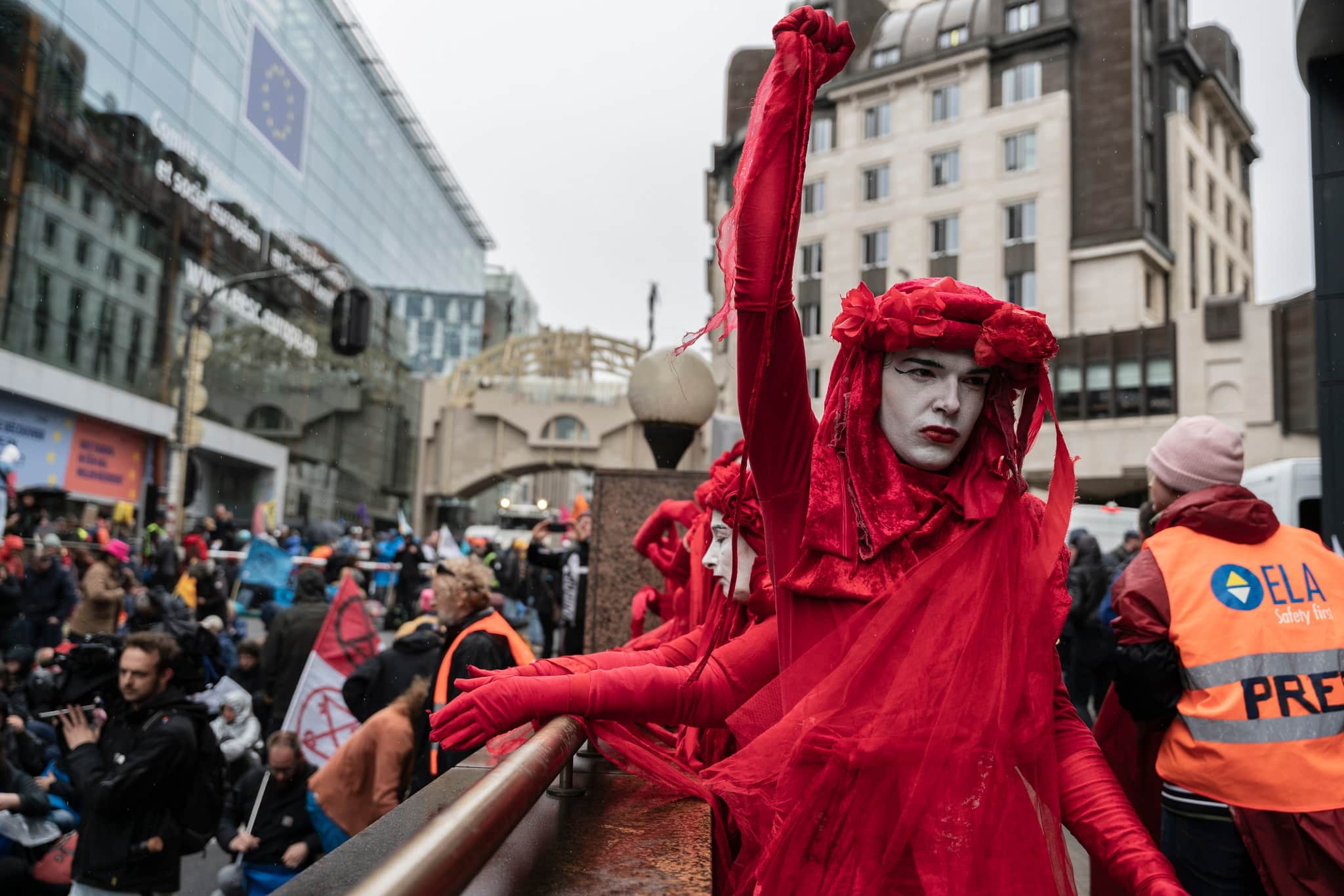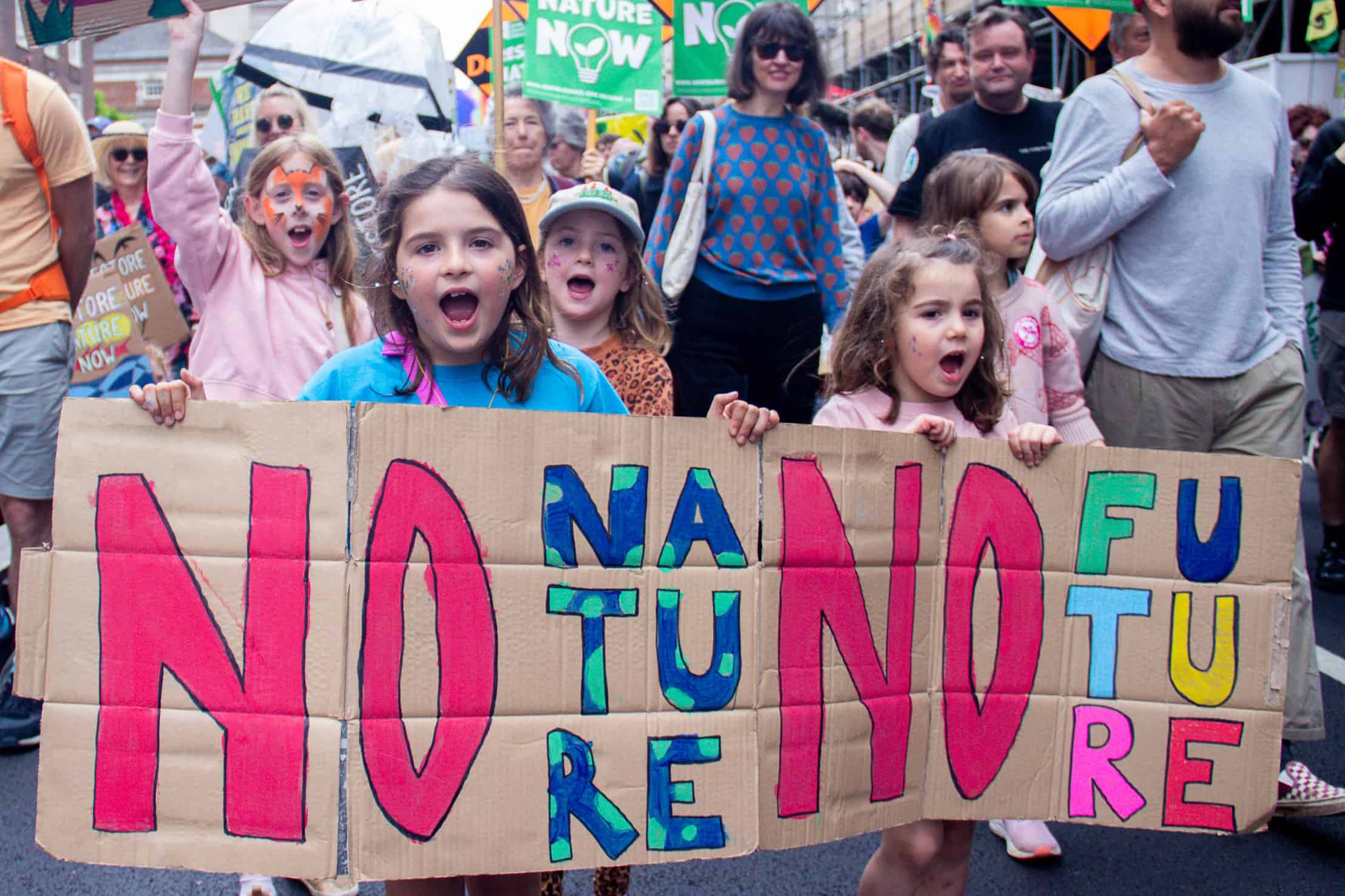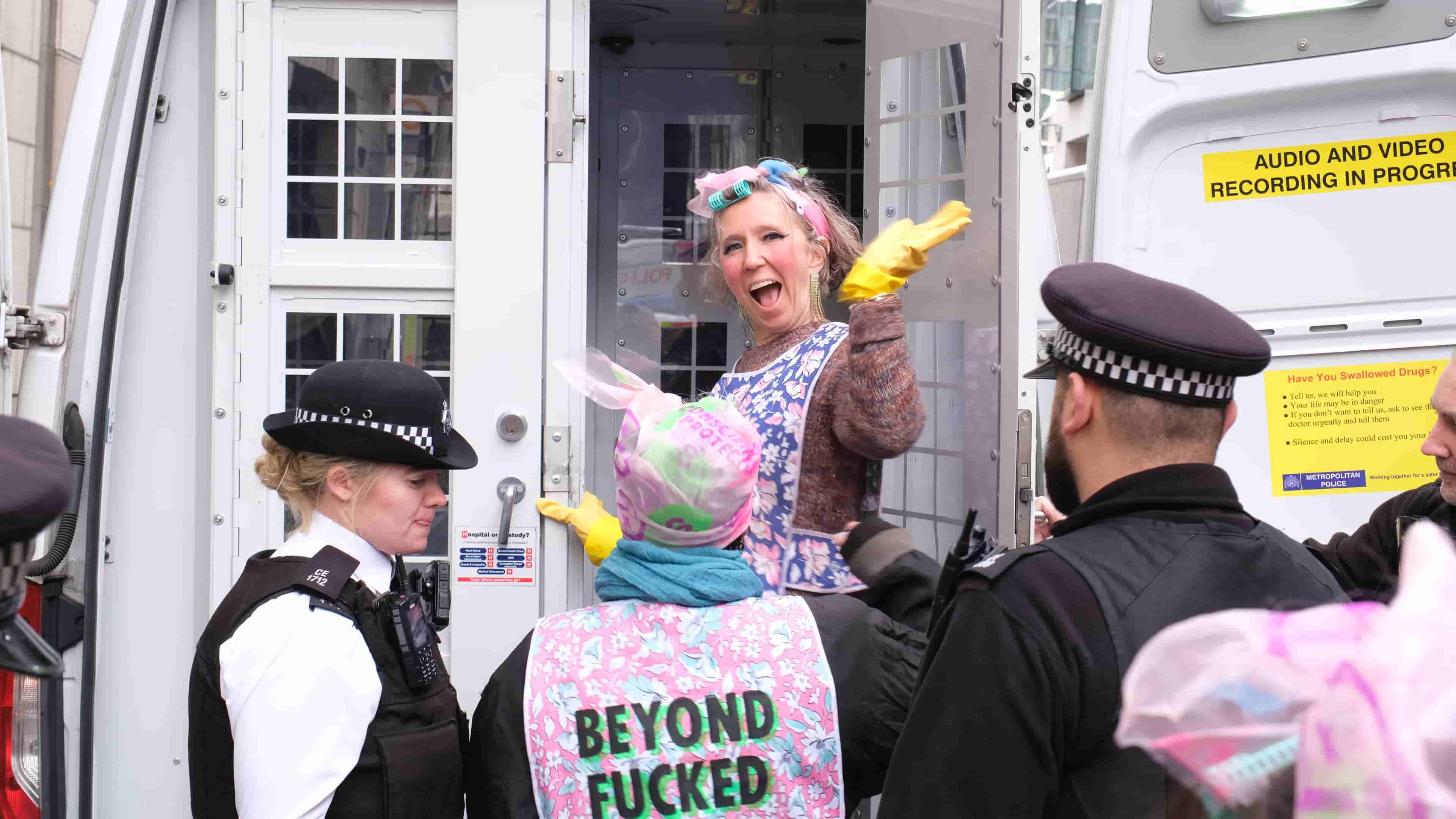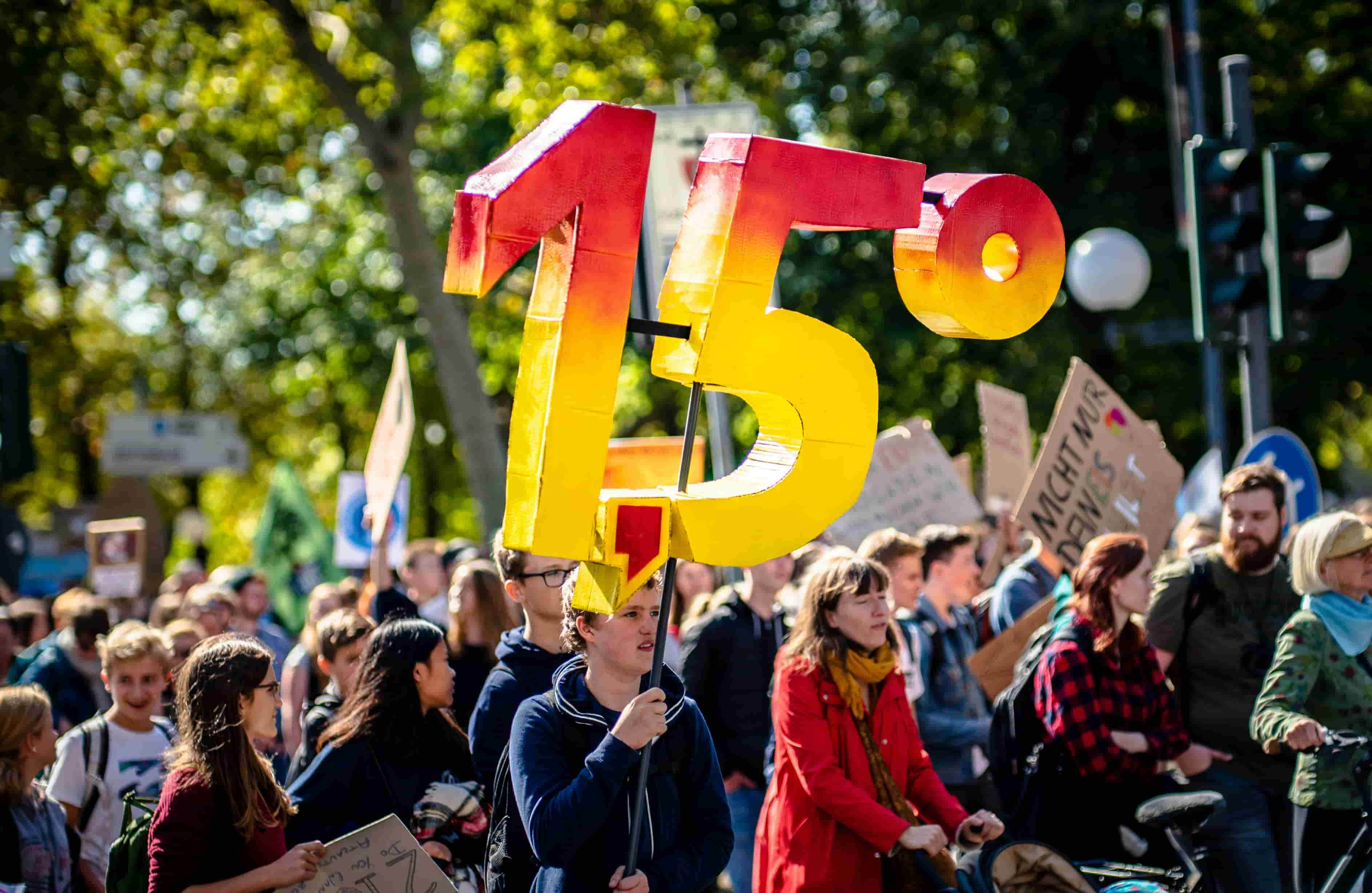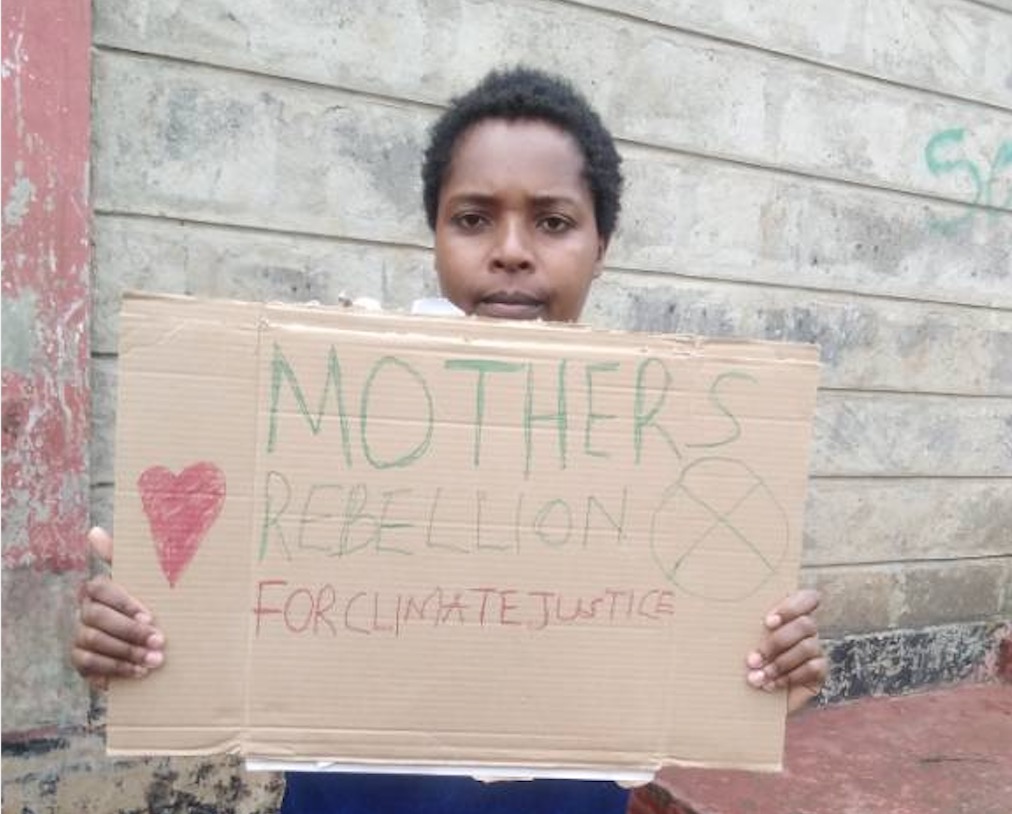Imagine this. You’re on a plane with about 100 other passengers. You look out the window to the warm glow of an early morning sunrise and you feel safe and at peace. Suddenly, something on the wing of the plane catches your eyes. A loose bolt.
You watch as it slowly wobbles out of place and is whisked away in the blink of an eye. You inhale deeply, close your eyes, and tell yourself that it’s just one bolt, the plane will be fine. When you open your eyes again, you notice another bolt a little further out on the wing slowly unwinding. Your heart rate increases as it is promptly whisked away too.
The plane doesn’t seem affected but your mind becomes consumed with thoughts that make you very uneasy. You snap the window shut and close your eyes again.
If you don’t look outside, you won’t worry as much. A short while later, the plane lurches violently and the passengers around you scream in surprise. You know that more bolts have wriggled loose outside your window. You know this plane is going to crash. But now there is nothing you can do.
An analogy similar to this one was first used by Paul Ehrlich and Brian Walker in 1998 to simplify the complex concept that is biodiversity and how it is affected by species loss. The plane is our planet. The bolts are its species. The wind that is whisking them away is us. We are hurtling towards disaster and for a long time we’ve simply just been watching it happen. But it’s not too late to change our fate.
BIODIVERSITY IS UN-BEE-LIEVABLE
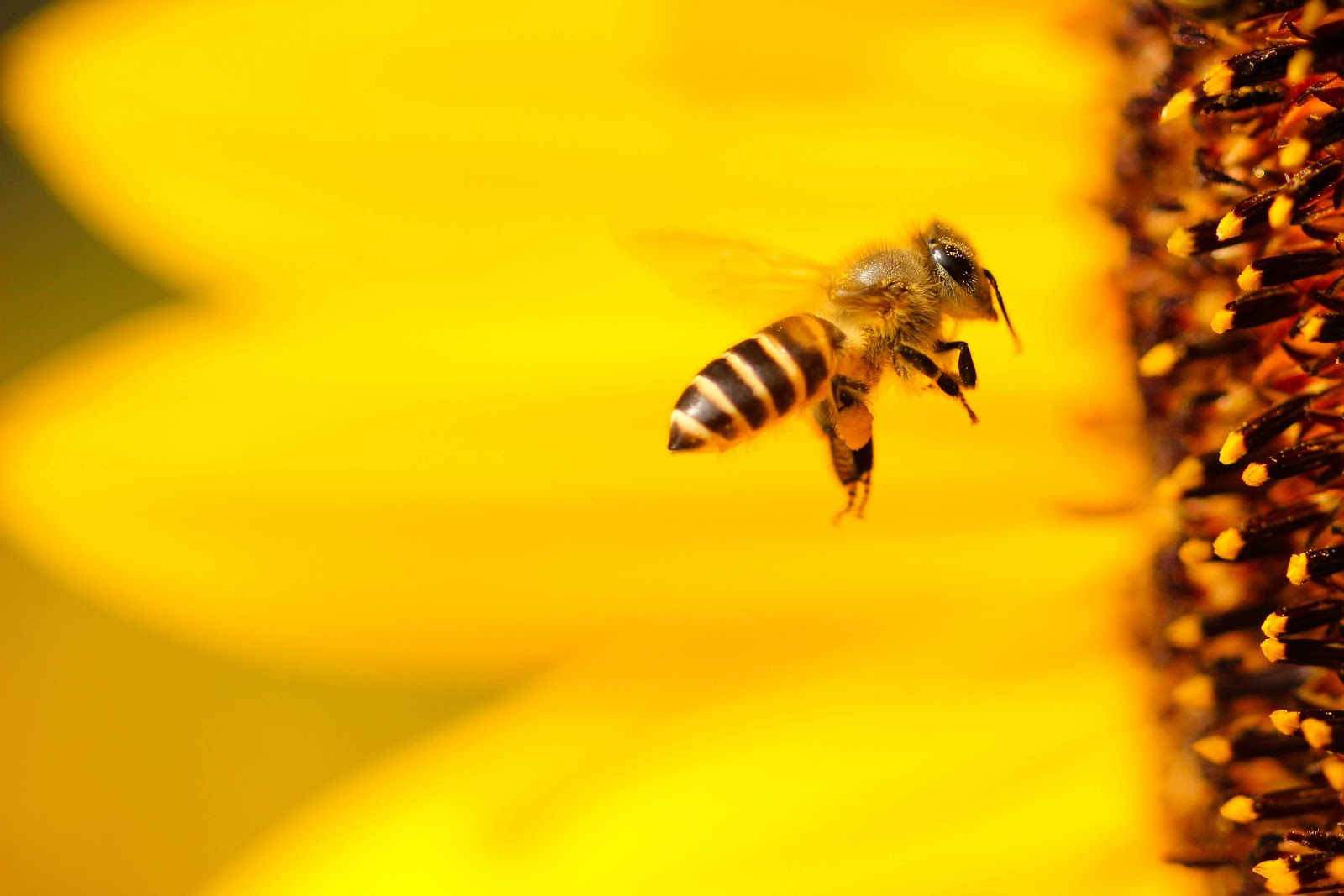
Source: Boris Smokrovic, Unsplash
You’ve probably heard the word ‘biodiversity’ mentioned in recent discussions around the environment. But what exactly does it mean? In simple terms, biodiversity is the foundation of life. It is the variety of creatures that exist on Earth – from the largest (e.g., whales) to the smallest (e.g., bacteria) – and how they interact with one another. In many ways, it is what is keeping you and me and everything else on this planet alive.
When a single part of biodiversity is lost or degraded, this negatively affects the functioning of the whole system. This is why issues such as the decline of bee populations are very worrisome. These tiny insects are important in the survival of ecosystems that create food sources for many different species, including us.
If bees disappeared, life as we know it would change. Many of the fruits, vegetables and nuts that we currently enjoy would become scarce or disappear entirely (no more apples, almonds, blueberries, or cherries!). The majority of wildflower species would wither and die, draining the world of its natural vibrant colour. Bee-dependent animals such as birds, spiders, butterflies, and squirrels would also likely disappear sparking other animal species who rely on them to vanish too. A planet without bees is not a planet we should ever have to live on.
This is what can happen when a single important piece of the biodiversity puzzle is lost. But the problem doesn’t end with bees. We are currently losing biodiversity globally at an alarming rate. Around one million plant and animal species are now threatened with extinction – a number that hasn’t been witnessed before in all of human history. This has led scientists to declare that Earth is currently undergoing its 6th mass species extinction. And while extinction is a natural process, it is currently occurring 1000 times faster than normal and humans are responsible.
This means that we are heading towards a future where many of our beloved animal species such as the Bengal tiger, the northern white rhinoceros, and the Asian elephant may no longer exist. A future where many of the foods we enjoy today such as chips, chocolate, and coffee are but a distant memory of a better past.
It’s a pretty bleak picture. So what can we do about it? In order to determine the right solutions, it is first important to understand the different types of biodiversity and their effect on the environment so we can work towards preserving them.
VARIETY IS THE SPICE OF LIFE: TYPES OF BIODIVERSITY
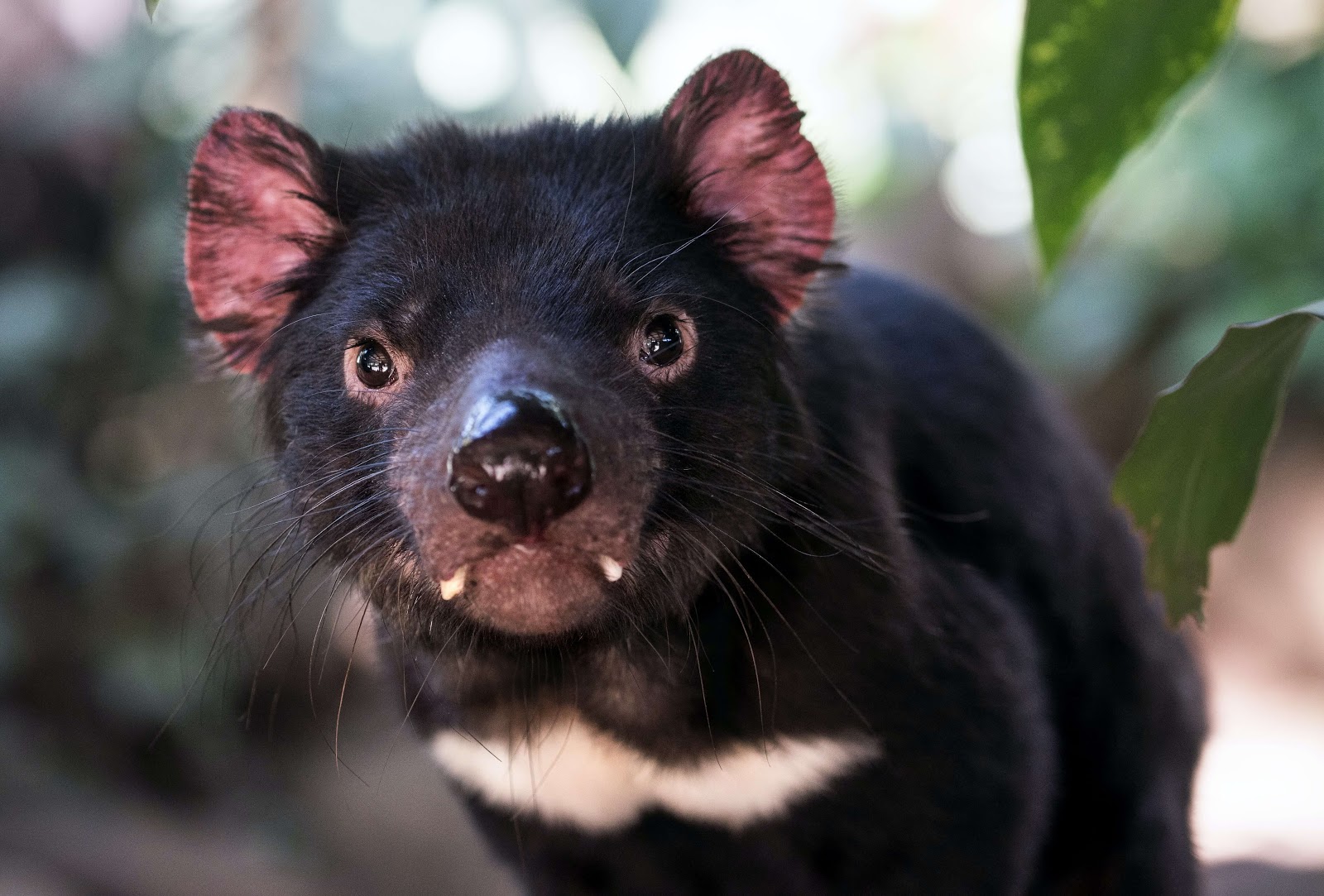
Source: David Clode, Unsplash
Our planet is a lot like us. In much the same way that we rely on our hearts, lungs, and muscles to keep us alive and strong, our planet relies on biodiversity to do the same.
In order to do this well, the planet needs a good balance between three different types of diversity: genetic diversity, species diversity, and ecosystem diversity.
- Genetic diversity: Genes are the building blocks of life. For humans, genes determine such things as your personality, facial features, skin color, hair color, and eye color. Genetic diversity refers to the differences we can see between members of a species. In animals, this refers to certain traits or features that members of a group have developed in order to adapt to their environment. For example, a species of moth may differ in the colouring and pattern of their wings.
- Species Diversity: This type of biodiversity relates to the number of different species within a certain area and their abundance. For example, within a forest environment there might be 94 different species (e.g., 30 different types of birds, 52 different types of plants, and 12 different types of mammals). Then, within each of those species is a certain number of individuals (e.g., 65 white-tailed deer). This determines how rich an area is with life.
- Ecosystem Diversity: An ecosystem is a community of beings living and thriving in their own protective and nourishing space. The plants, animals, and environment work together to maintain the life cycle of their area. Ecosystem diversity refers to the differences that can be observed within and between ecosystems.
Now, imagine these three types of biodiversity as like a tower of blocks. If we remove one or push one askew, this can cause the whole thing to topple over or become very wobbly. For example, if genetic diversity begins to decline in a specific group of animals, this will impact the species diversity of that area and eventually alter the balance of ecosystem diversity.
This is something that is happening right now to animal populations all over the world. For example, in Australia, the Tasmanian devil is an animal that is on the brink of extinction due to its poor genetic diversity. As a result of the devil’s small gene pool, a rare contagious cancer has wiped out 80% of the population.This has led to species diversity declining in Tasmanian habitats due to the European red fox replacing the devils as the primary predator and killing a greater number of native species. When these native species go extinct, it greatly changes the ecosystem and as a result, reduces Tasmania’s overall ecosystem diversity.
This is why we must work towards protecting all types of biodiversity to ensure that our world doesn’t topple and crash under the pressure of our inaction.
WE BENEFIT FROM BIODIVERSITY
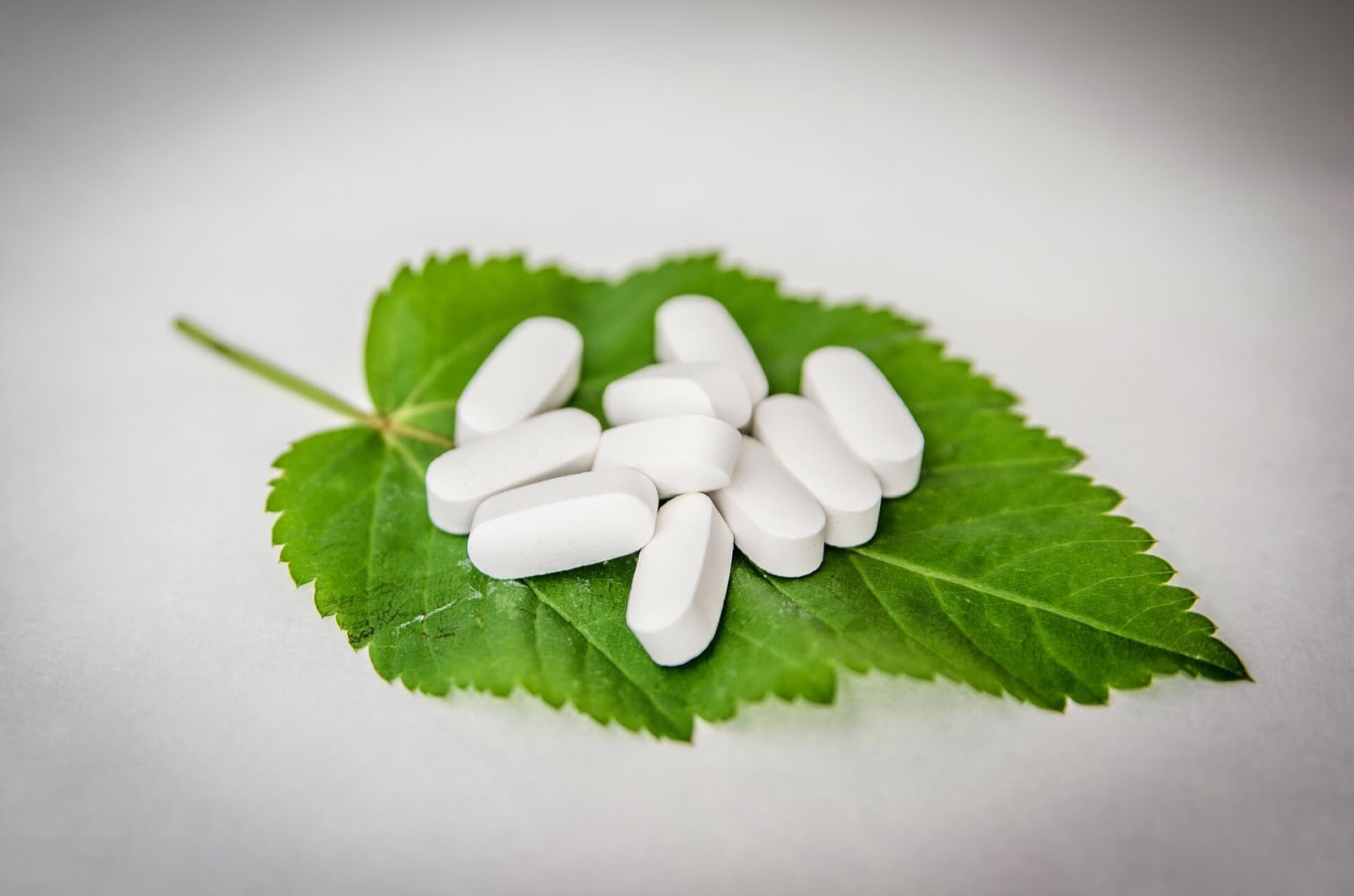
Source: Michal Jarmoluk, Pixabay
Humanity owes a lot to biodiversity. Our lives and the ways in which we get to enjoy them are only possible because of it. We don’t realise just how many gifts biodiversity has given us because modern society has become so far removed from nature. So what exactly does biodiversity do for us?
Biodiversity brings many benefits to humans, including:
- Nutrition. Biodiversity is responsible for producing much of our world’s food supply. It helps to create healthy soil for food crops to grow in, clean water for drinking, and ensures that a diverse range of nutrients are available in food products so that we can meet our nutritional needs.
- Health. Maintaining healthy and diverse ecosystems is important for reducing the occurrence of infectious diseases amongst humans, plants, and animals. When humans invade the homes of other species, we place ourselves at risk of contracting the deadly diseases that they may carry. In fact, many of our major global pandemics such as the Covid19 outbreak have stemmed from unnatural human-wildlife interaction. Biodiversity also has an important role in the pharmaceutical industry as many of the plant species that we rely on to produce various medicines would be non-existent without it. In fact, according to the Center for Biological Diversity, Earth is currently “losing at least one potential major drug every two years.” For example, the popular cancer-fighting drug taxol is now at risk of disappearing as it is obtained from endangered yew trees.
- Economic Growth. Biodiversity allows us to grow businesses that thrive on its existence. Without biodiversity, we wouldn’t have such a prosperous food industry to feed our families. Without biodiversity, we wouldn’t have pharmaceutical companies providing such a large range of medicines to cure our illnesses. Without biodiversity, we wouldn’t have tourism companies that take us on adventures to witness the natural wonders of our world. We are taking for granted the prosperity that biodiversity brings us. For example, it is estimated that coral reefs alone generate up to USD 36 billion dollars per year to the tourism industry.
- Culture. The many different religions, national emblems, superstitions, and stories that underpin human history and culture often feature plants and animals that have come into existence because of biodiversity. With extinction rates climbing, we stand to lose many of our most beloved symbolic animal and plant species. In fact, this is happening right now with many cultures around the world facing the possibility of losing their most treasured species. For example, sea turtles have featured in Hindu mythology and Australian Aboriginal ‘dreamtime stories’ and they are now at risk of extinction.
NATURE’S NURTURER
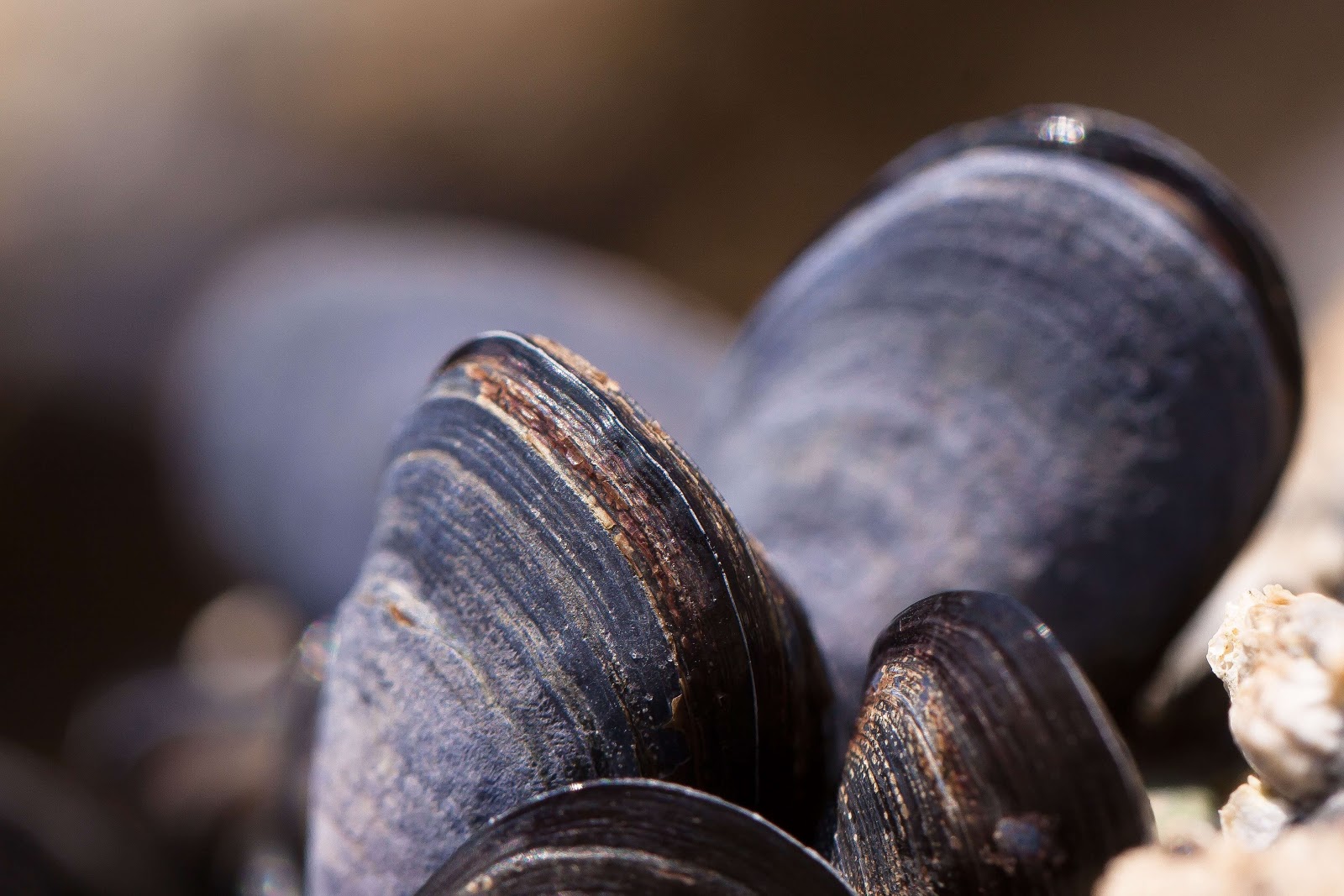
Source: Pixabay
Humans aren’t the only ones to benefit from biodiversity. Nature does, too. Without biodiversity, the many different environments that we get to enjoy today would no longer exist. Imagine a world with no greenery and desert-like landscapes, lifeless and lonely; a mirror image of Mars. That is what we are heading towards if we don’t preserve biodiversity and allow it to nurture the following environmental benefits:
- Soil Health. Soil may not seem that significant to us, but in nature it is very important. Soil is incredibly biodiverse with many different species calling it home, such as fungi, bacteria, worms, and termites. These tiny creatures help to continue the cycle of life by carrying out important tasks such as decomposing matter, supporting plant growth, improving gas exchange, and controlling pests.
- Water Quality. Did you know that you can greatly improve the water quality of an area by simply dropping a bunch of mussels into it? These natural vacuum cleaners can filter out all the bad things that end up in waterways and help to restore original conditions. This is just one example of how biodiversity and the amazing creatures it helps to support can improve water quality.
- Species Control. Biodiversity helps to ensure that certain species don’t overpopulate and wreak havoc on an ecosystem, by maintaining a good balance between predator and prey species. Remember the European red fox that overtook the Tasmanian devil’s role in Australia the primary predator? These foxes are reported to have contributed to the loss of at least 20 Australian mammal species. This is because they have become apex predators in areas where there is minimal to no competition for prey. Biodiversity helps to prevent this problem by creating environments that foster a wider range of species.
- Air Quality. Have you ever wondered why the air seems a lot fresher in a rainforest? That’s biodiversity in action. Plants and algae serve a vital purpose in filtering the air so that life on Earth can breathe easy. When air quality is reduced, due to human activities such as car and air travel, biodiversity suffers as its natural air filters (e.g., plants and other greenery) become choked with harmful gases and can no longer grow and function normally.
- Pollination. We know how important bees are to biodiversity. But did you know that other species such as bats, butterflies, and beetles are also important pollinators and therefore crucial for maintaining biodiversity too? A great number of species depend on pollinators to survive and without them ecosystems can suffer. For example, bats are very important in the pollination of crops and plants that feed native animal species and us too. A world without bats would mean a world without bananas, mangos, tequila, and chocolate!
When we recognise the value that biodiversity gives us and the environment, great things can happen. For example, in the United Kingdom, an area of farmland known as the Knepp Estate went from being a biological wasteland to a biodiverse paradise simply because actions were taken to allow nature to do its job. This shows that we can create a world where we don’t have to sacrifice biodiversity and all the benefits it brings.
Okay, so by now you’re probably itching to know what actions you can take to help. But in order to do that, let’s first look at the actions that are causing biodiversity to disappear.
BYE-BYE BIODIVERSITY: WHY IS IT DISAPPEARING?
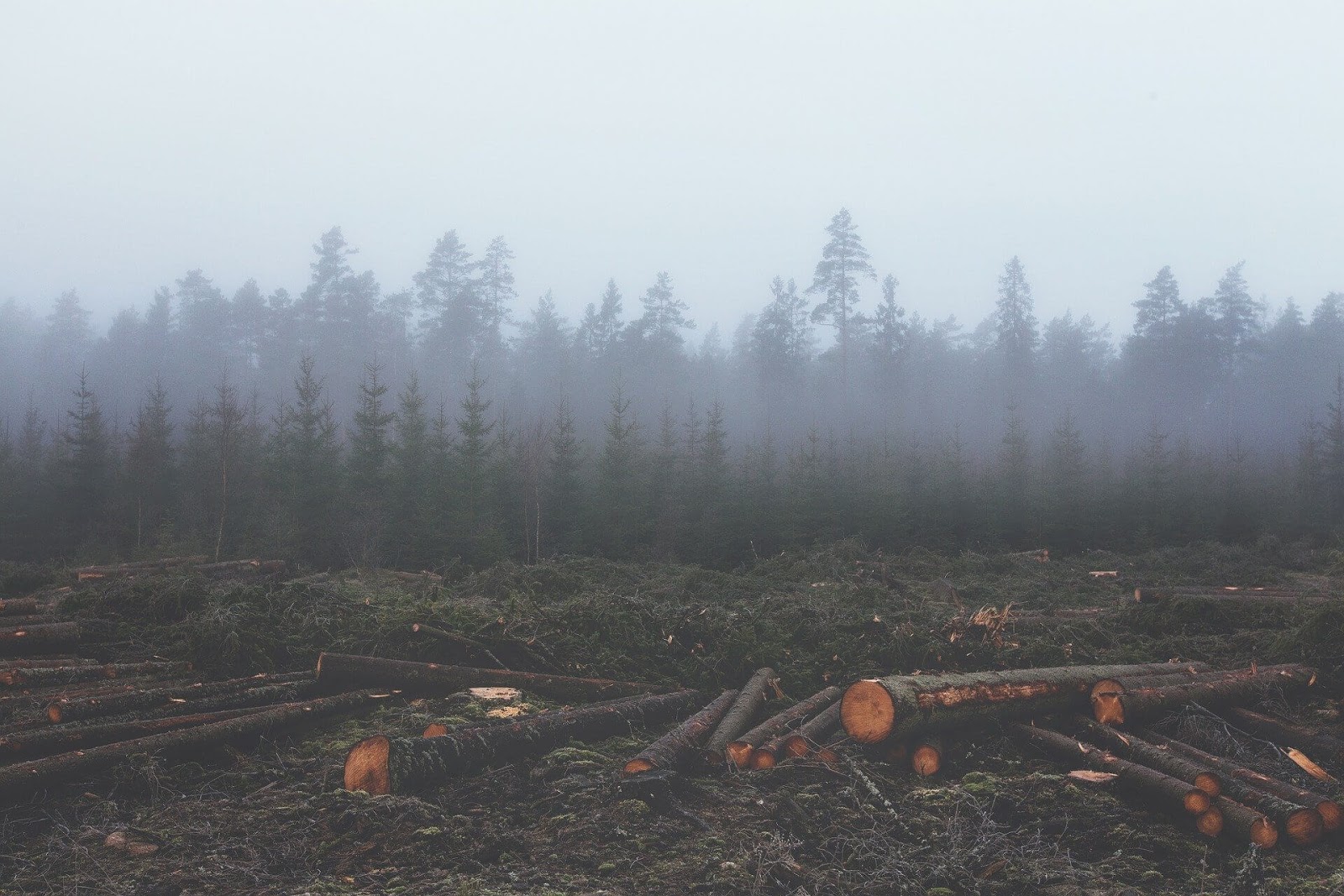
Source: Free-Photos, Pixabay
In their 2019 report, the United Nations identified five main ways in which humans are causing biodiversity’s “dangerous” and “unprecedented” decline. They are as follows:
1. Changes in the ways that we use the land and sea
Humans are natural explorers. Throughout history, we have taken great pride in conquering new lands and travelling the wildest seas. But this has come at a cost. Our discoveries have led us to treat the environment simply as a service to satisfy our needs. As we continue to demand more from our land and sea to keep up with our rising numbers and appetites, biodiversity suffers. For example, the two most biodiverse ecosystems on Earth (i.e., rainforests and coral reefs) have suffered greatly at the hands of humans. Our hunger for meat and our need for space has led to more than 150 acres of rainforest being lost every single minute of every single day! In addition to that, our disregard for the biodiversity of our oceans has already caused half of the world’s coral reefs to disappear or degrade.
2. Taking advantage of other species
Throughout history, humans have tended to view nature as an endless supply of food, water, and shelter. But it’s only recently that we are starting to discover that the environment has a limit. And we have already begun to push past it.
This is most evident in the overfishing crisis which has become one of the most serious threats to ocean biodiversity in history. The global demand for fish has caused many important fish populations to be pushed to the brink of extinction. We know that biodiversity is sensitive to an imbalance in species. So when fish numbers drop, this impacts other predator and prey species in the ocean, causing an imbalance in the ecosystem.
For example, a coastal fishing town in California known as Monterey Bay once had a thriving fishing industry thanks to large numbers of sardines calling the bay home. However, overfishing caused the sardine population to completely crash and both humans and other species suffered as a result. Humans lost their livelihoods while animal species who relied on the sardines for food lost their lives. This demonstrates that when we take more than our fair share from the environment and its species, we hurt ourselves and other species in the process.
3. Climate change
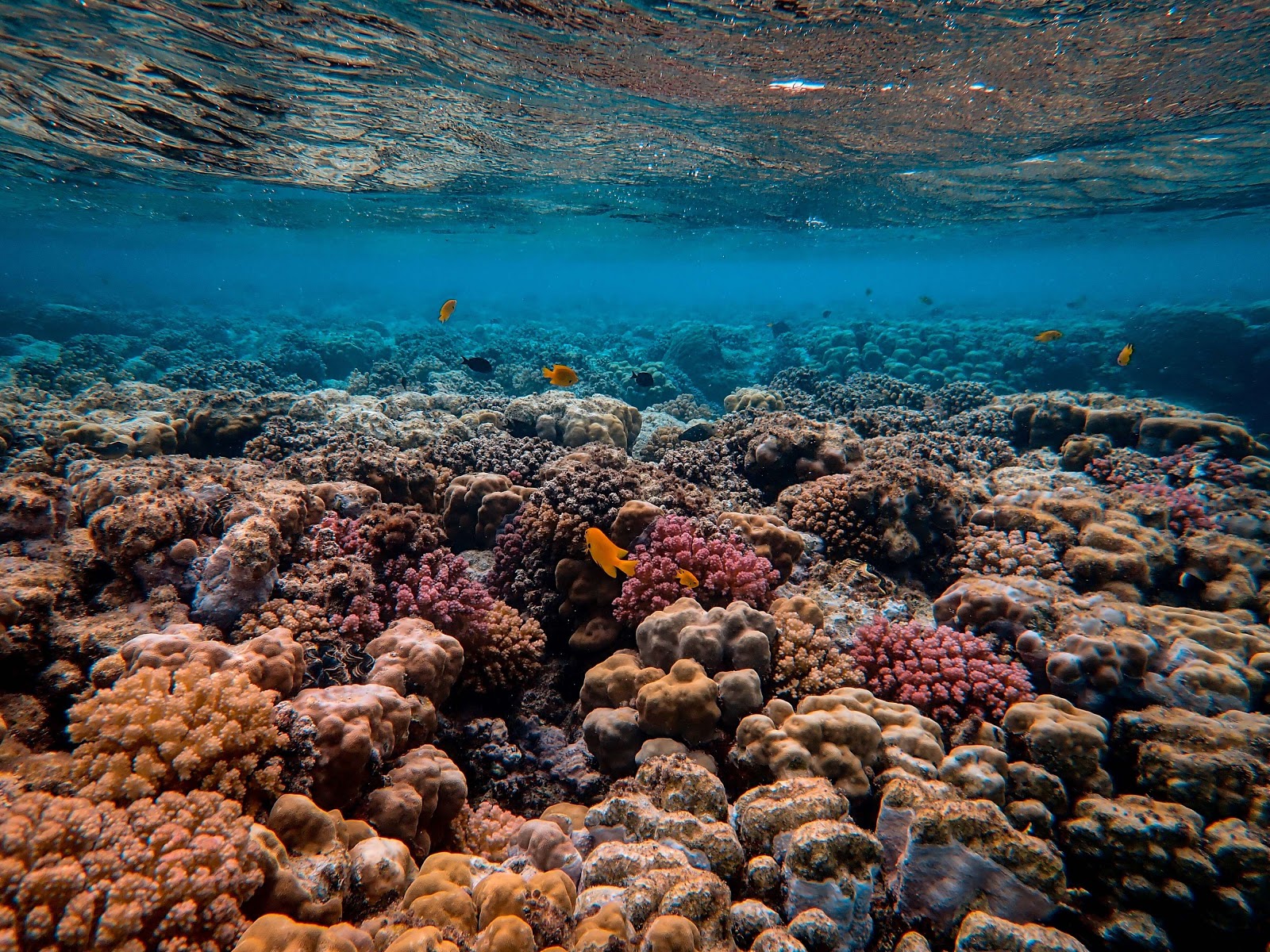
Source: Francesco Ungaro, Unsplash
We humans are a clever bunch. The brains we were blessed with have allowed us to develop industries and technologies that make life so much easier. And while this is great for us, it’s not so great for the planet. As our industries have become bigger and better, our dependence on the environment has also grown. We chop down trees by the thousands to make way for animals that become our food and we burn the treasures that we dig up from the earth to power our homes. Activities like this have caused the natural heat-trapping gases contained safely inside the trees and the earth (carbon dioxide, methane, nitrous oxide) to be constantly released into the air. And from this process, one of the most terrifying and powerful threats to humanity and all life on Earth has emerged: climate change.
We are in an age where climate change is making itself known in terrifying ways. The Antarctic glaciers are melting, sea levels are rising, and natural disasters are becoming more frequent and more dangerous. But what climate change has done to biodiversity is one of the greatest tragedies of our time. It has helped to speed up species extinction by forcing plants and animals to exist in environments that no longer support their needs.
For example, as global temperatures have risen, some of the ocean’s tiniest and those most important to marine biodiversity have struggled to adapt (e.g., phytoplankton, coral, shellfish). As a result of ocean water changing in response to rising carbon dioxide levels and increasing temperature, they have all begun to die. When these species begin to decline, a ripple effect occurs along the food chain with other species also suffering as their food and homes begin to disappear. And extinction becomes a widespread problem.
4. Pollution
Another way that humans have taken advantage of the environment is by treating it like a wasteland. Our destructive ways have led to the air, water, and land all becoming choked with pollution. Did you know that between 4.8 and 12.7 million tons of plastic enter the ocean every year? It’s probably not surprising that as many as 700 ocean species are now threatened with extinction as a direct result of plastic pollution.
But we humans should be worried about plastic pollution too. Microplastics (i.e., tiny plastic particles) are now being found in the air we breathe, the food we eat, and the water we drink. Scientists haven’t been able to fully understand the consequences of this on our health just yet, but based on its impact on fish and other ocean animals, it doesn’t look too good.
And this is only one aspect of pollution that is wreaking havoc on our world. Other issues such as global waste, dumping of toxic chemicals, and oil spills are also impacting biodiversity by changing the soil, water, and air quality.
But just as we can make the problem worse, we also have the power to make it much better. The Covid19 pandemic was the perfect example of just how much we stand to benefit from reducing our pollutive ways when it comes to things like improving air and water quality.
5. Invasive species
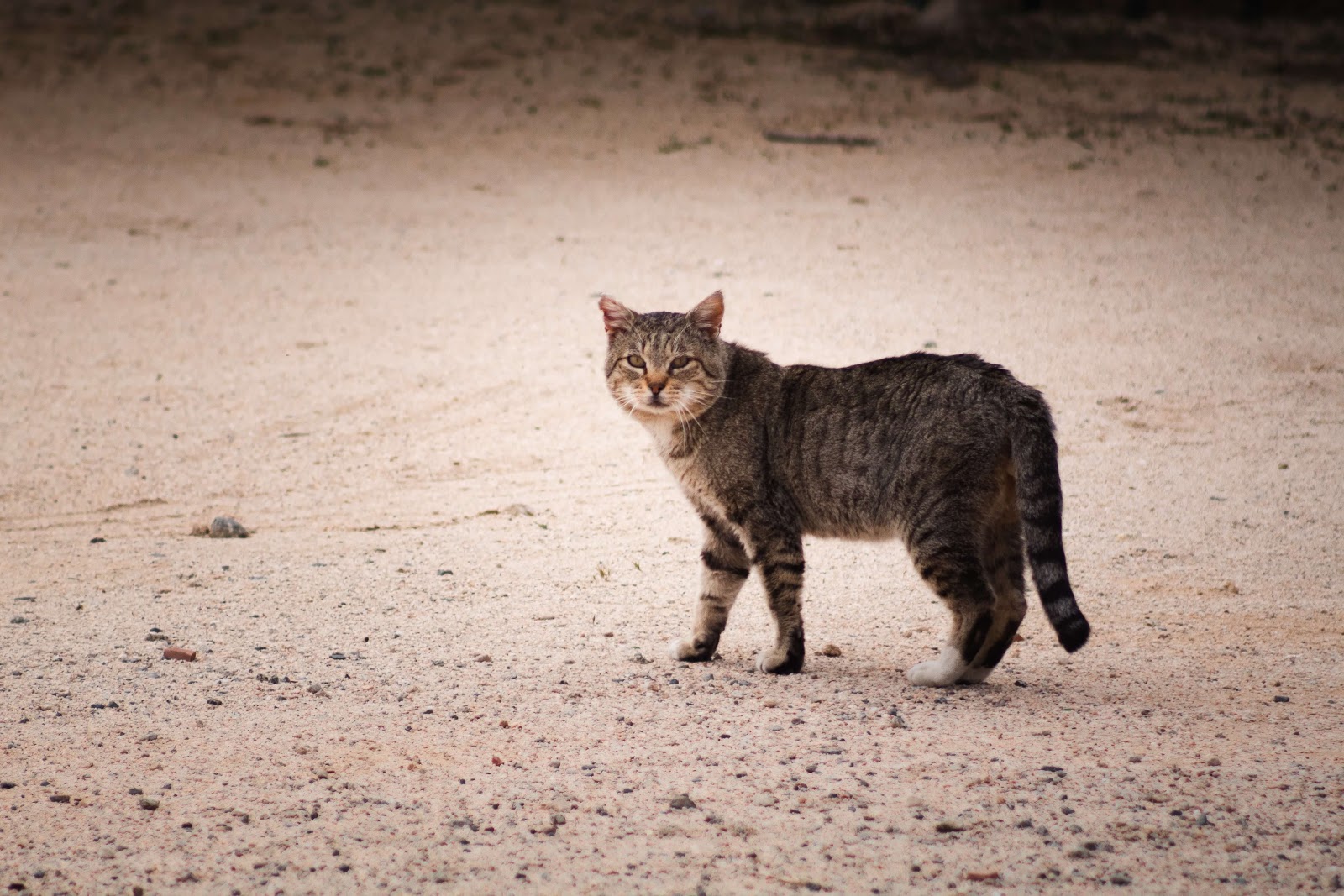
Source: Brian Wangenheim, Unsplash
There’s a good reason why stories about the adventures of feral cats and pigs often make the news. They’re known as invasive species and they’re bad news for the environment. An invasive species is any animal, plant, or other species (e.g., viruses) that has been introduced to an area that they weren’t present in before.
They’re often spread from place to place through human activities such as trade, travel, and shipping. Once an invasive species arrives in their new area, they can greatly disrupt the established order of ecosystems by messing with the natural balance of biodiversity.
There are plenty of stories from around the world where invasive species have become a serious threat to native plant and animal populations. One such story is that of a tiny insect that decided to hitch a ride on a boat from Asia to the United States in the 1950s. That tiny insect was the hemlock woolly adelgid and it is now on track to destroy 80% of Eastern USA hemlock trees by 2022. As a result, the birds that relied solely on the hemlock trees to nest and keep safe from predators have almost completely disappeared. The animals in the forest waterways are expected to suffer too as the water temperature is predicted to rise as a result of loss of shade that the trees used to provide. This means that animals who rely on cooler water temperatures to survive (e.g., trout) will begin to decline in numbers. That’s a whole lot of damage to come from a little bug!
From possums in New Zealand to grey squirrels in the United Kingdom, the story is the same. Biodiversity is altered and the environment is pushed to its limits when invasive species arrive.
STOP THE SPECIES DROP
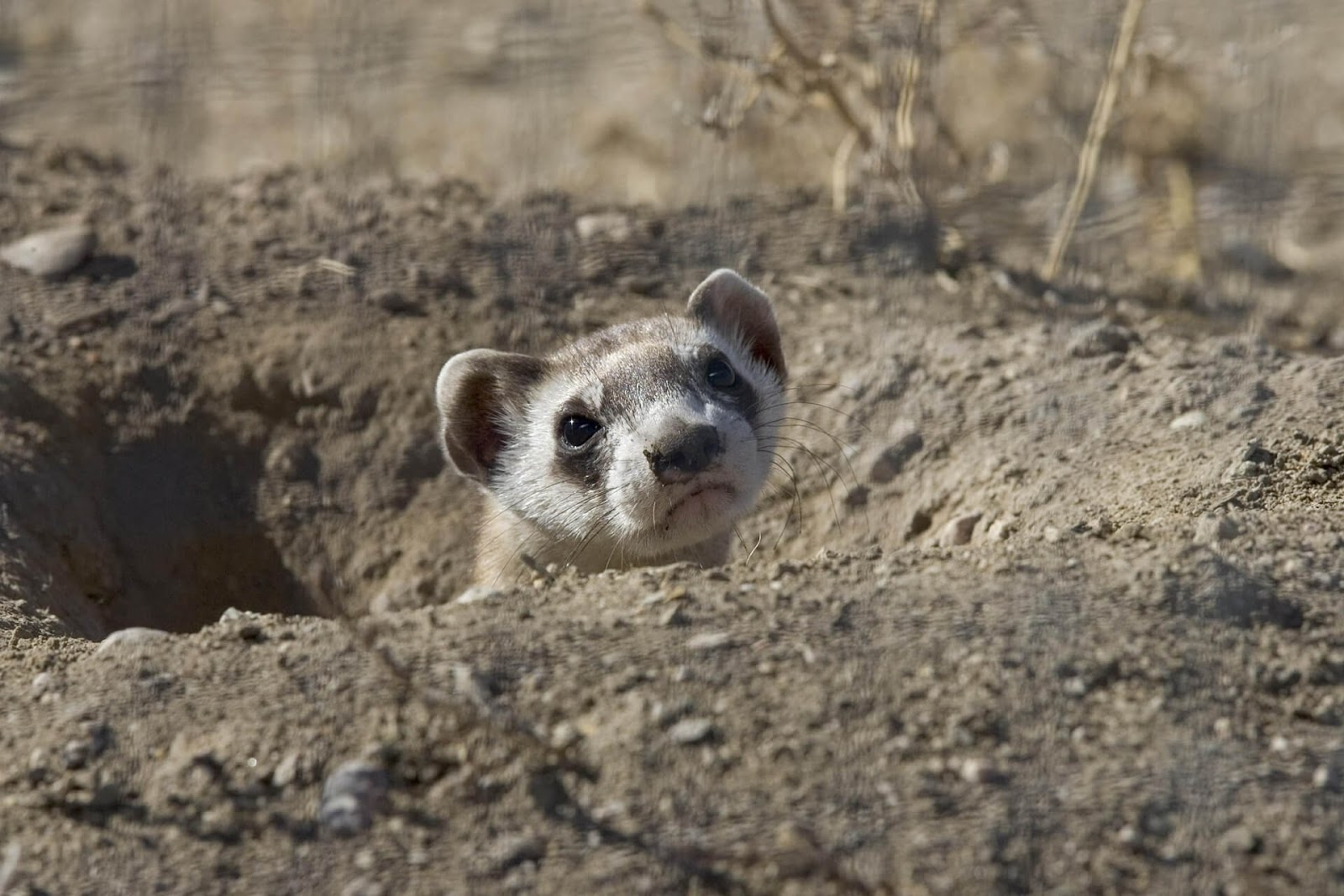
Source: PublicDomainImages, Pixabay
It’s come to a point in time where we need to ask ourselves a very difficult question: are we willing to sacrifice our own lives and those we share the planet with for the sake of continued profit and growth? Because we are at a crossroads and we must choose our path today.
Humans have known for long enough that preventing further loss of biodiversity is important to our own survival. But what have we got to show for it? Our response to one of the greatest environmental emergencies to have ever existed has been dismal. In fact, a recent United Nations report revealed that not a single one of the 20 targets agreed upon by governments to address biodiversity loss over 10 years ago have been fully met.
But there is a glimmer of hope to be found. Amongst the failures, there has also been some partial progress towards improving the situation. For example, more land and sea areas are now protected under environmental laws, more money is being spent on biodiversity projects, and biodiversity awareness and knowledge amongst the public has improved thanks to joint government efforts. In fact, a recent United Nations summit on biodiversity revealed that seven mammal species (such as the black-footed ferret) have been saved from the brink of extinction in the past decade as a result of conservation projects brought about by the 2010 agreement.
But if this isn’t proof enough that we can change course, then let our past inspire you. History has shown that the actions we take to protect the environment can change the outcome. For example, in 1987 an international treaty was signed to ban the use of harmful chemicals known as chlorofluorocarbons (CFCs) in hairspray, as they were known to deplete Earth’s ozone layer. Since then, the amount of CFCs present in the atmosphere has steadily decreased. It was an environmental victory that showed that we have the power to turn a bad situation around.
But the power doesn’t only lie in the hands of governments and environmental organisations. We have the power to create change too. Taking our own steps towards improving biodiversity is something we can all do to help. By becoming aware of our own behaviours and how they can impact the environment, we can make some small changes towards helping the planet.
IT’S TIME TO TAKE ACTION: WHAT YOU CAN DO TO HELP
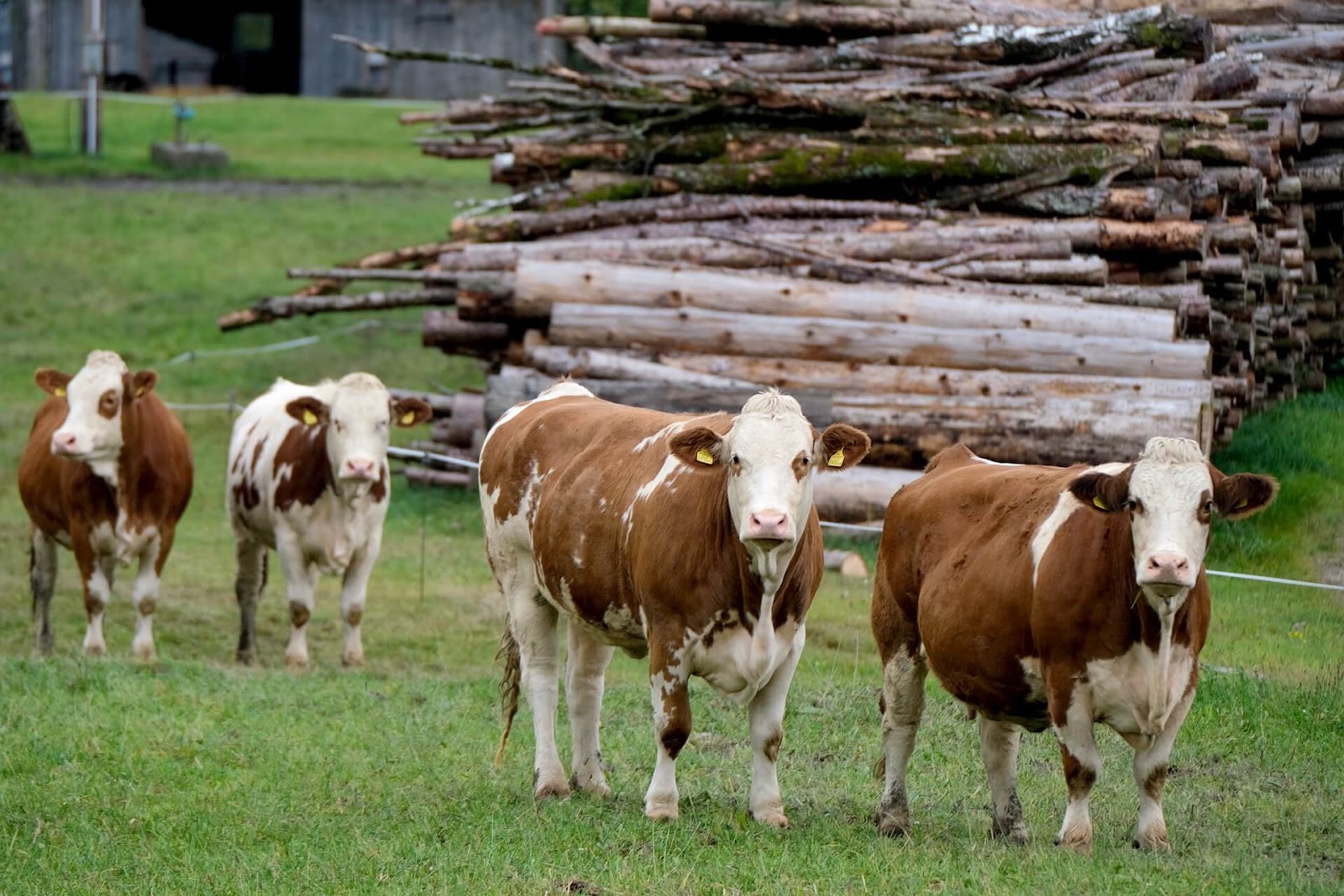
Source: NickyPe, Pixabay
Here are three actions you can take to help prevent biodiversity loss.
Reduce your ecological footprint
One of the best actions you can take is to reduce your own environmental impact by lowering your ecological footprint. An ecological footprint is a measure of the amount of nature’s resources that we consume (water, gas, cropland, forest, etc.). You can calculate your own here. By reducing your ecological footprint you can help to slow the demand for goods and services that are threatening biodiversity.
Here are five simple actions you can take to reduce your ecological footprint.
1. Eat fewer meat and dairy products
2. Reduce use of single-use plastics
3. Be conservative with water usage
4. Switch to low-carbon energy options
5. Choose eco-friendly and sustainable goods
Reducing your ecological footprint is much like reducing your carbon footprint (i.e., the amount of carbon emissions you contribute to the atmosphere). Both will reduce your consumption and use of Earth’s resources.
2. Advocate for government action
Biodiversity is an issue that cannot be resolved without governments passing laws and funding projects that preserve it. Urgent mass action is required and this can be achieved by putting pressure on government leaders to make biodiversity a priority.
You can communicate your concern for the environment and help to create change by using your voice and your vote. Depending on where you live and what you feel comfortable doing, you can take actions such as writing to your local member about your concerns related to the biodiversity crisis or voting for parties that have environmental issues on the agenda.
What will this achieve? The more people that speak up about the biodiversity crisis, the more pressure governments are under to take the necessary action.
3. Join the rebellion against extinction
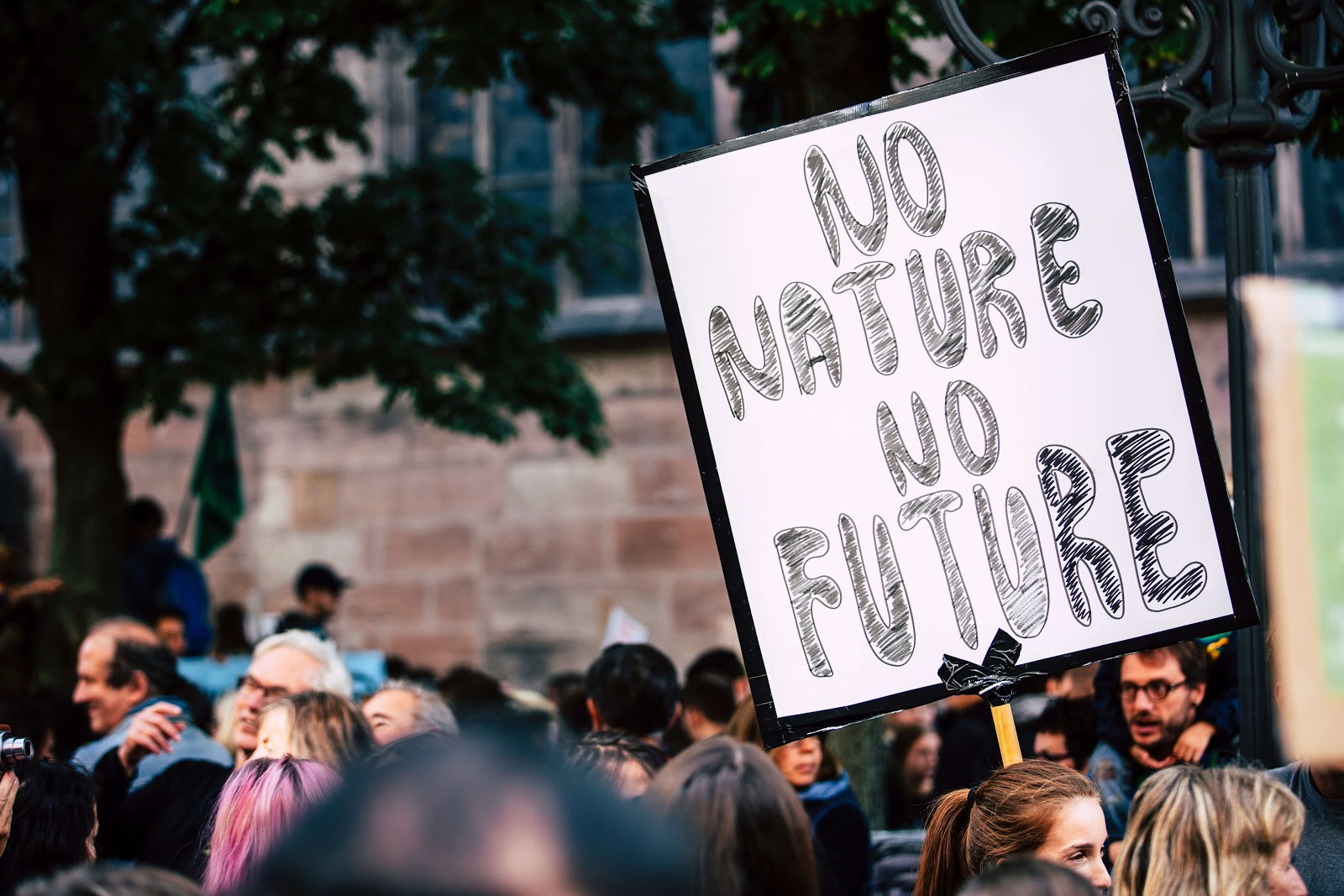
Source: Markus Spiske, Unsplash
We are currently at a critical and unique moment of time where we have the opportunity to start anew when it comes to prioritising the health of our planet. The global Covid19 pandemic put a stop to many destructive human activities and the environment has largely benefited as a result.
If we continue as usual and refuse to make the necessary changes to prevent biodiversity loss, we will lose our most valuable life system. Many big businesses have so far been resistant to changes in the way that they operate. In their endless pursuit of profit and power, these corporations have caused nature to suffer tremendously.
At a time when climate change and biodiversity loss are leading to risks to our own health and wellbeing, it is clear that something needs to be done. And fast. Let us not let this opportunity to change course go to waste.
It’s time to stand in united outrage against the inexcusable ‘business as usual’ attitude of those in power. It’s time to fight for our planet’s future and the survival of all life on earth. For the sake of biodiversity – the fragile, complex, and astonishingly nurturing system that gives Earth its unique beauty and keeps us alive.
It’s time to rebel against extinction.

